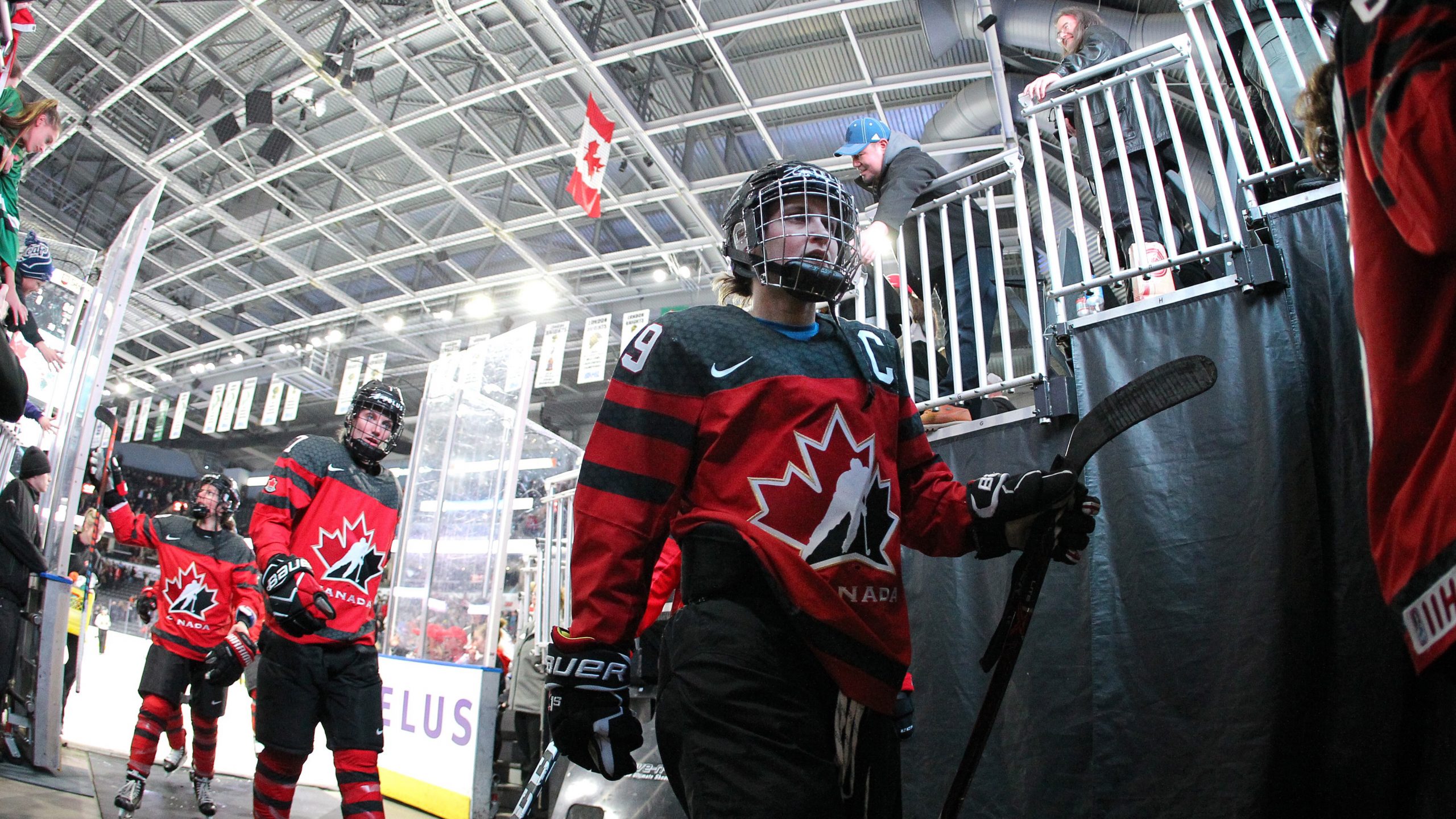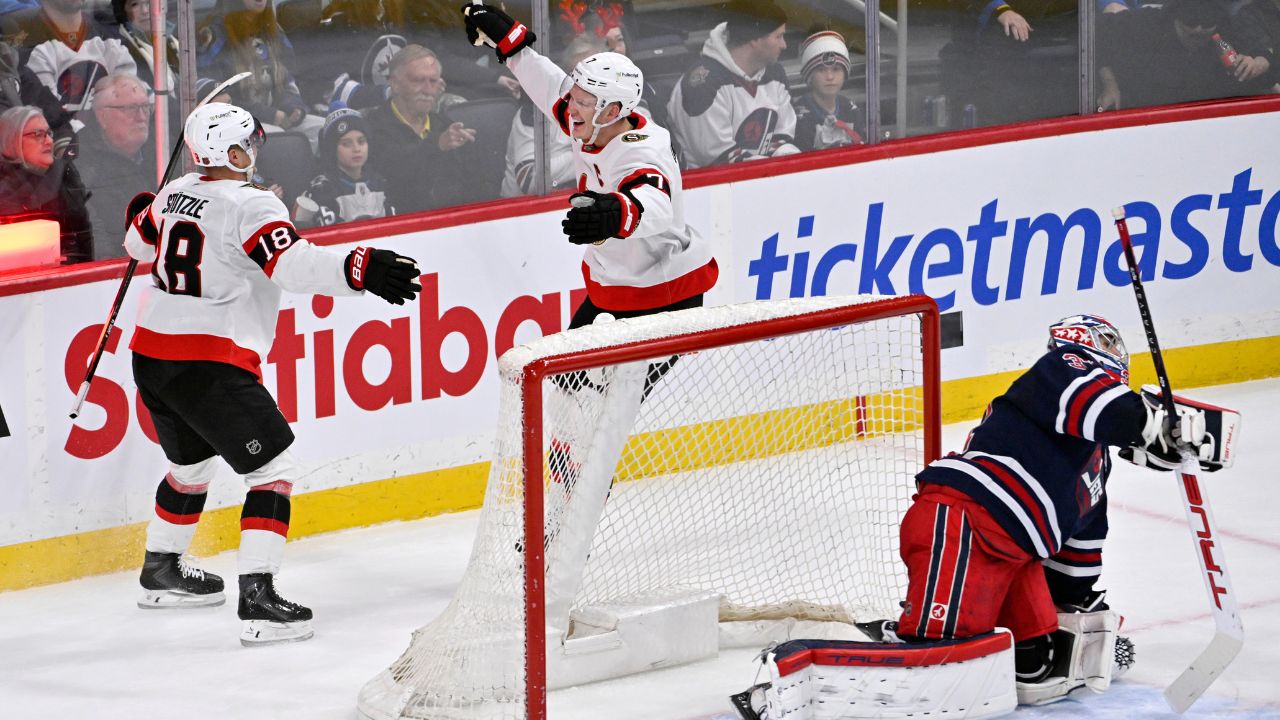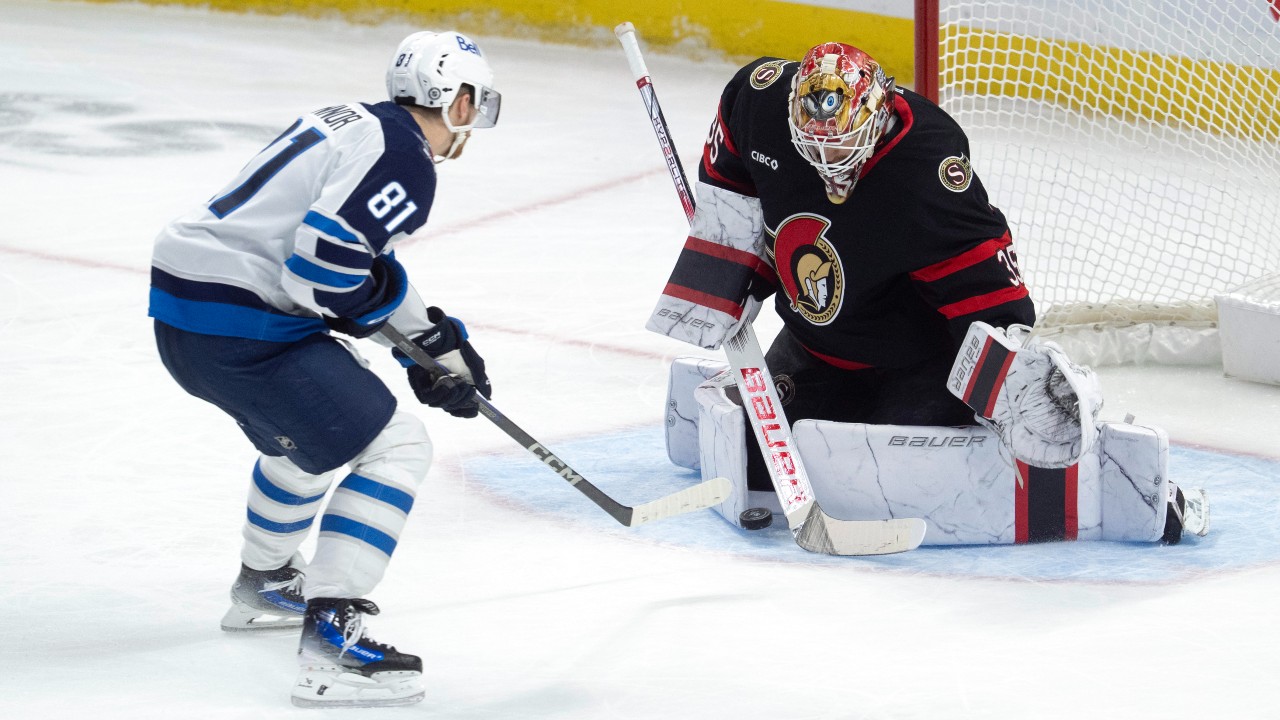
For the first time in more than two years, 250 of the top women’s hockey players on the planet are about to hit the ice in an international, best-on-best tournament as the IIHF Women’s World Championship gets underway this Friday.
After being cancelled in 2020 due to the COVID-19 pandemic and called off again this spring amid fears of another wave, the event – twice slated to run in Halifax and Truro – heads west to Calgary for a summertime showdown. The 12-day tournament will take place at WinSport Arena at Canada Olympic Park from Aug. 20-31.
Here’s what you need to know about the Women’s World Championship ahead of puck drop.
After double delays, women’s hockey returns to international stage
When examining the pandemic through the sporting lens, it’s clear that women’s hockey has been hit particularly hard. The 2020 worlds, which were to be played Mar. 31-Apr. 10 of last year in Nova Scotia, were among the first major North American sporting events to be called off as the Coronavirus gripped the globe.
Then, this past spring, Nova Scotia was again slated to host the event — and again had to call it off, with the announcement coming just one day before most teams were scheduled to arrive. Nova Scotia premier Iain Rankin cancelled the event as the province tightened travel restrictions, with the decision coming at the last minute and catching everyone by surprise while leaving players heartbroken, disappointed and frustrated.
Adding to the mounting frustration throughout these cancellations over the course of the pandemic — including the cancellation of the women’s U-18 tournament in Sweden in January — was the fact that the women watched as the men’s international hockey circuit continued, providing a stark reminder of the long-standing inequities between the men’s and women’s games. (The 2021 men’s world juniors were successfully held in Edmonton in December and January, even providing a bubble and protocol template for the women’s worlds; the men’s U-18s were moved from Michigan to Texas as the women’s national senior team went without a Plan B at the time; and the men’s worlds were played in Latvia this spring.)
“If you pan out beyond this tournament and you look at the fact that we haven’t played a game all year, I don’t know if there’s anyone to blame, but if you’re a young girl, the outcome is you are seeing no women’s hockey games this year,” Canada’s Brianne Jenner said at the time.
“If you are a young boy, you are not seeing the same.”
Said Canadian forward Sarah Nurse:
“Without pointing a finger and placing blame, because we can’t really compare our tournament location to any other tournament, every government has their own guidelines so I definitely want to make that clear, but I just feel like it’s very hard not to look at it from a gender standpoint because it seems like a little bit of a trend.”
Domestically, the Professional Women’s Hockey Players’ Association — many members of which play on the Canadian and American national teams — was sidelined nearly a full year, its second annual Dream Gap Tour unable to launch until February 2021 and restricted from cross-border play due to the ongoing closure. The National Women’s Hockey League, meanwhile, had to postpone and then altogether cancel its 2020 championship game, and was forced to limit its 2021 season to a two-week event slated to be played this past January. (A COVID-19 outbreak inside the bubbled Lake Placid event forced the league to postpone its playoff games and relocate to Boston in March.)
Calgary stepped in to host the women’s event earlier this summer.
Ten nations, 12 days, 31 games
From Aug. 20-31, 250 top players representing 10 different countries will hit the ice in Calgary with the World Championship crown on the line for the first time since April 2019.
Competing countries are split into two tiered groups for the preliminary round. Group A features the top-five-ranked international teams: Canada, USA, Finland, Russian Olympic Committee (ROC) and Switzerland. Group B includes Japan, Germany, the Czech Republic, Denmark and Hungary.
During seven days of round-robin play from Aug. 20-26, teams will play each opponent in their respective group once to determine seeding ahead of the elimination round. All five squads from Group A will automatically advance to the quarter-finals, seeded one to five, while just the top three teams from Group B will emerge to earn an opportunity to take on one of hockey’s powerhouse clubs in the elimination round, which opens Aug. 28.
The four teams that lose in the quarter-finals will play one another the following day in placement games, with the winner from that bracket claiming fifth place in the tournament and a berth in Group A for next year’s edition. No nations will face relegation.
The tournament will conclude with the gold-medal matchup on Aug. 31.
COVID-19 protocols include quarantines, bubble format
By the time the puck drops on Friday, the athletes will have already been onsite for about 10 days. For Team Canada, it’s been even longer — the Canadian Women’s National Team touched down in Calgary July 25 to start its pre-worlds camp.
The tournament’s other teams arrived in Calgary on Aug. 10, at which point all players, team personnel (coaches, athletes, staff) and IIHF game officials and staff entered a mandatory five-day, pre-competition quarantine. Pre-travel protocols were enforced, too, which included isolation and producing multiple negative COVID-19 tests. All participants are required to wear masks at all times and will also undergo regular testing throughout the duration of the tournament.
As for the possibility of hosting fans at WinSport Arena, a final decision has yet to be made. As the COVID-19 situation continues to evolve daily, Hockey Canada is working with health authorities to investigate all options as it relates to ticketing and fan capacity.
Teams permitted to carry expanded rosters
Similar to how NHL teams brought extra “taxi squad” players into the 2020 playoff bubbles in Edmonton and Toronto last summer, countries were permitted to carry expanded rosters for the worlds, bringing 25 players into the bubble before locking in rosters Friday morning ahead of the action. Because no players are allowed to enter the bubble late, all players who are eligible to take part in the tournament are already onsite.
Who’s playing for Canada?
Here’s a look at Canada’s expanded 25-woman roster, coached by Troy Ryan:
Forwards: Victoria Bach (PWHPA Toronto), Emily Clark (PWHPA Montreal), Melodie Daoust (PWHPA Montreal), Sarah Fillier (Princeton University – NCAA), Brianne Jenner (PWHPA Toronto), Rebecca Johnston (PWHPA Calgary), Emma Maltais (Ohio State University – WCHA), Sarah Nurse (PWHPA Toronto), Kristin O’Neill (PWHPA Toronto), Marie-Philip Poulin (PWHPA Montreal), Jamie Lee Rattray (PWHPA Toronto), Jill Saulnier (PWHPA Montreal), Natalie Spooner (PWHPA Toronto), Laura Stacey (PWHPA Montreal), Blayre Turnbull (PWHPA Calgary)
Defenders: Erin Ambrose (PWHPA Toronto), Ashton Bell (University of Minnesota Duluth – WCHA), Jaime Bourbonnais (PWHPA Montreal), Renata Fast (PWHPA Toronto), Jocelyne Larocque (PWHPA Toronto), Ella Shelton (PWHPA Toronto), Claire Thompson (PWHPA Toronto)
Goalkeepers: Kristen Campbell (PWHPA Calgary), Ann-Renee Desbiens (PWHPA Montreal), Emerance Maschmeyer (PWHPA Montreal).
Old rivalry, new faces
When we think about the legendary Canada-USA rivalry, we of course think of Canucks like Marie-Philip Poulin, Brianne Jenner and Rebecca Johnston and American stars Hilary Knight, Kendall Coyne Schofield, and Brianna Decker. All will be present and playing starring roles this year, but they’ll be joined by several new faces.
Canada has eight players pursuing their first world championship appearance. Forwards Victoria Bach, Sarah Fillier, Emma Maltais, Kristin O’Neill, defenders Ashton Bell, Ella Shelton and Claire Thompson, and netminder Kristen Campbell enter the tournament ready to make their respective debuts for Canada.
The U.S., too, has a bit of a youth surge propelling some roster turnover — including the youngest member of this rivalry, 18-year-old defender Caroline Harvey, who’s about to make her world championship debut before her freshman year of college at Wisconsin. She’s one of four Americans born in the 2000s competing at this tournament (if you weren’t already feeling old).
In fact, Harvey will be suiting up alongside a former coach of hers in Decker. Decker, a prolific forward, served as an assistant coach with the U-18 national team during Harvey’s time on the squad, winning silver together in 2019 and gold in 2020.
Also hitting the ice for her first world championship will be 23-year-old Abby Roque, who was a standout at Wisconsin and absolutely sensational at this year’s PWHPA Dream Gap Tour. The Minnesota rookie, who is actually a dual citizen but represents the U.S., made her senior national team debut during the 2019-20 Canada-USA Rivalry Series, so while she’s not totally new to the cross-border rivalry, she’ll be among those making their worlds debut and is expected to make a splash.
Rivalry, renewed: Can Canada reclaim gold for first time in nearly a decade?
At long last, another edition of hockey’s greatest rivalry will soon hit the ice. Over the course of the tournament’s three-decade history, Canada and the USA are the only nations to win gold. And lately, the Americans have had gold locked down.
The U.S. women have a five-year golden streak at the worlds dating back to 2013, and have won the tournament eight of the past nine editions (the world championship isn’t played during Olympic years). The last time Canada claimed gold at the worlds was in 2012, and it’s been even longer since the Canucks won it on home ice — that was back in 2007, when Winnipeg and Selkirk hosted.
We know we’ll have at least one matchup between these fierce cross-border rivals, as the nations go head-to-head Aug. 26 to cap the round-robin. And while history tells us to expect another Canada-U.S. gold-medal game this year — a matchup we’ve seen played out 18 times before on this stage — this year will feel like a bit of a redemption tour for Canada. The 2019 tournament (the last time the tournament was played) was the first time Canada did not make it all the way to the final. Instead, the Canadians claimed their first bronze while the Americans won gold over Finland.
The last time these foes faced off was during the 2019-20 Canada-U.S. Rivalry Series. The Americans won that five-game series pretty decisively, taking four of them.
The timing of this August tournament, just six months out from the 2022 Winter Olympics, brings even more intrigue. Team USA won gold in 2018 for the first time since women’s hockey made its Olympic debut in 1998. Canada stood atop the podium in four straight Games (2002, 2006, 2010, 2014). This edition of the worlds will be examined extra closely as nations look to centralize their national team rosters ahead of the Games.




